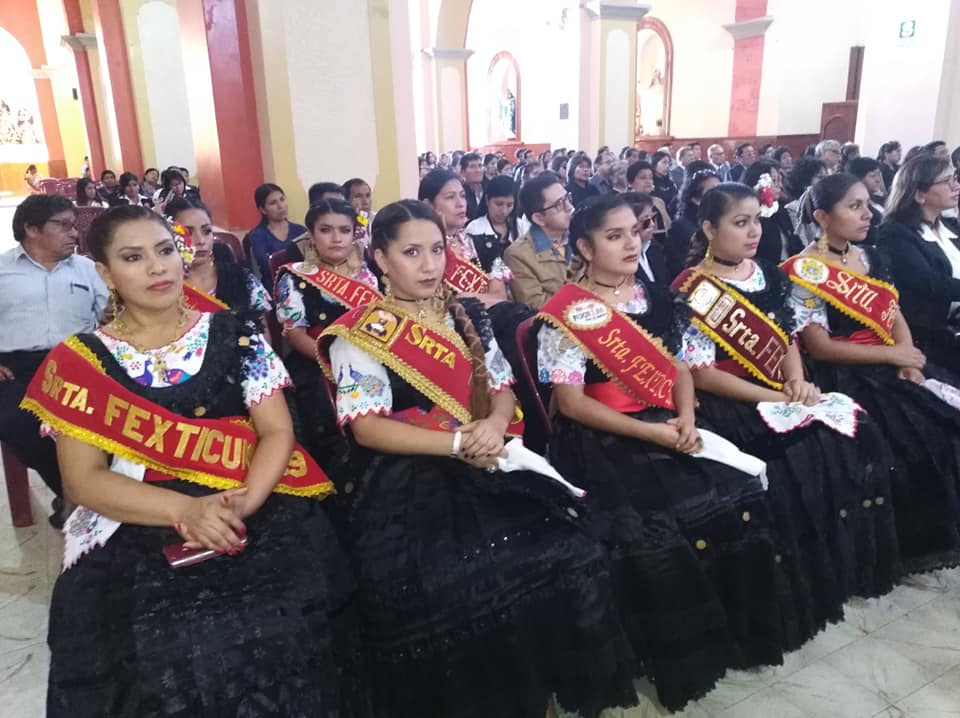Origins of FEXTICUM
Origins of FEXTICUM:
The Feria de Exposiciones Típico Culturales de Monsefú, known as FEXTICUM, was born in 1973 in the heart of Monsefú, a district in the province of Chiclayo in the Lambayeque region. Its creation, led by Limberg Chero Ballena, was a response to the advance of globalization and the fear of losing our rich cultural traditions. Inspired by love and pride for our land, FEXTICUM was conceived to preserve, promote, and celebrate the customs, gastronomy, music, and art that form the essence of Monsefuan identity. It is an idea that has taken 50 years to mature and continues to evolve. Limberg Chero Ballena has been the driving force behind the fair, ensuring its growth and sustainability.
Evolution and Growth:
Since its inception, FEXTICUM has been much more than a fair; it is a cultural manifestation that combines the traditional with the innovative. Over the years, the fair has grown significantly, attracting thousands of local, national, and international visitors (more than 150,000 in 2025 according to GERCETUR). This growth has been possible thanks to the active participation of the Monsefuan community and the support of various institutions and organizations, coordinated by the Municipalidad Distrital de Monsefú.
FEXTICUM has not only preserved the rich cultural heritage of Monsefú but also boosted the economic development of the district. The crafts, gastronomy, and cultural presentations are not only a display of our traditions but also generate income and employment opportunities for local residents. More than 5,000 families in the province of Chiclayo identify Monsefú as a source of income thanks to its culture. Historians, anthropologists, and sociologists gather at FEXTICUM to observe the center of Lambayeque's coastal cultural identity.
Rescuing a Millennial Cultural Tradition:
FEXTICUM rescues and celebrates a cultural tradition of more than 5,000 years, including the influence of significant civilizations such as the Cupisnique (3,000 years before Christ), Mochica, Inca, and Spanish heritage. This rich cultural amalgamation is reflected in every aspect of the fair, from gastronomy to music, including crafts and traditional rituals.
Highlights:
Cultural Preservation: FEXTICUM has played a crucial role in keeping Monsefuan traditions alive, such as the marinera dance, craft making, and preparation of typical dishes.
Economic Impact: The fair has been an economic engine for Monsefú, attracting tourists and generating business opportunities for local artisans, chefs, and artists.
Innovation: Over the years, FEXTICUM has adapted and evolved. We have gone from offering 20 flavors of chicha to 80 different flavors, and from having 5 cumbia orchestras to 40, demonstrating Monsefú's ability to innovate and diversify its cultural offerings.
Gastronomy and Baking: Monsefú boasts its own gastronomic school, which has developed more than 50 original dishes, highlighting the region's culinary creativity and richness. Additionally, we are proud to be home to the national bread champions, excelling in baking with nationally recognized products.
Community and Education: The fair has fostered a strong sense of community and local pride and has been an educational platform for new generations, teaching them the importance of their cultural heritage.
Looking to the Future:
FEXTICUM not only looks to the past with respect and admiration but also looks to the future with hope and ambition. In an increasingly globalized and competitive world, FEXTICUM seeks to continue being a bastion of cultural identity and an example of how traditions can coexist and thrive in modernity.
By: Limberg Chero Senmache
More details about FEXTICUM: FEXTICUM 40 Years Interview




Comentarios
Publicar un comentario